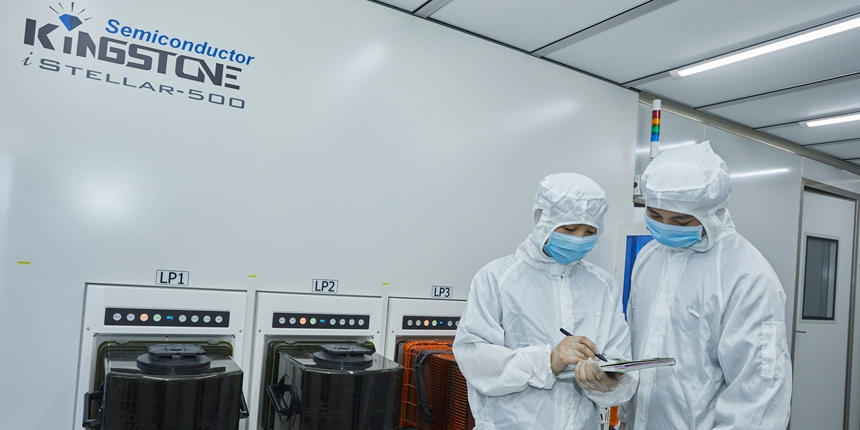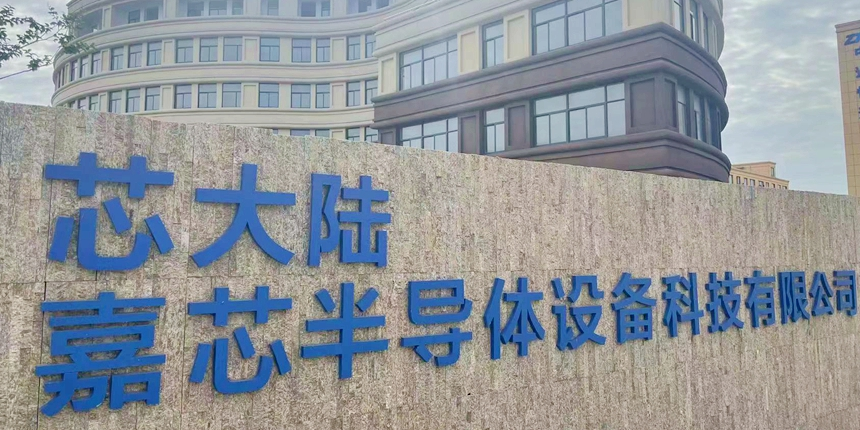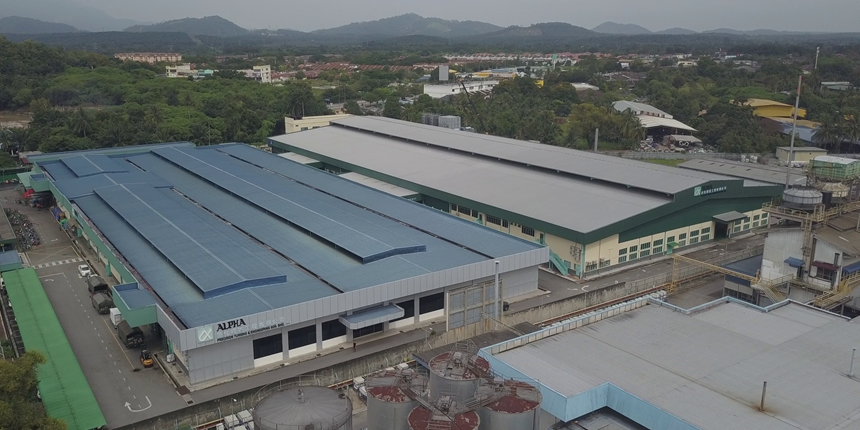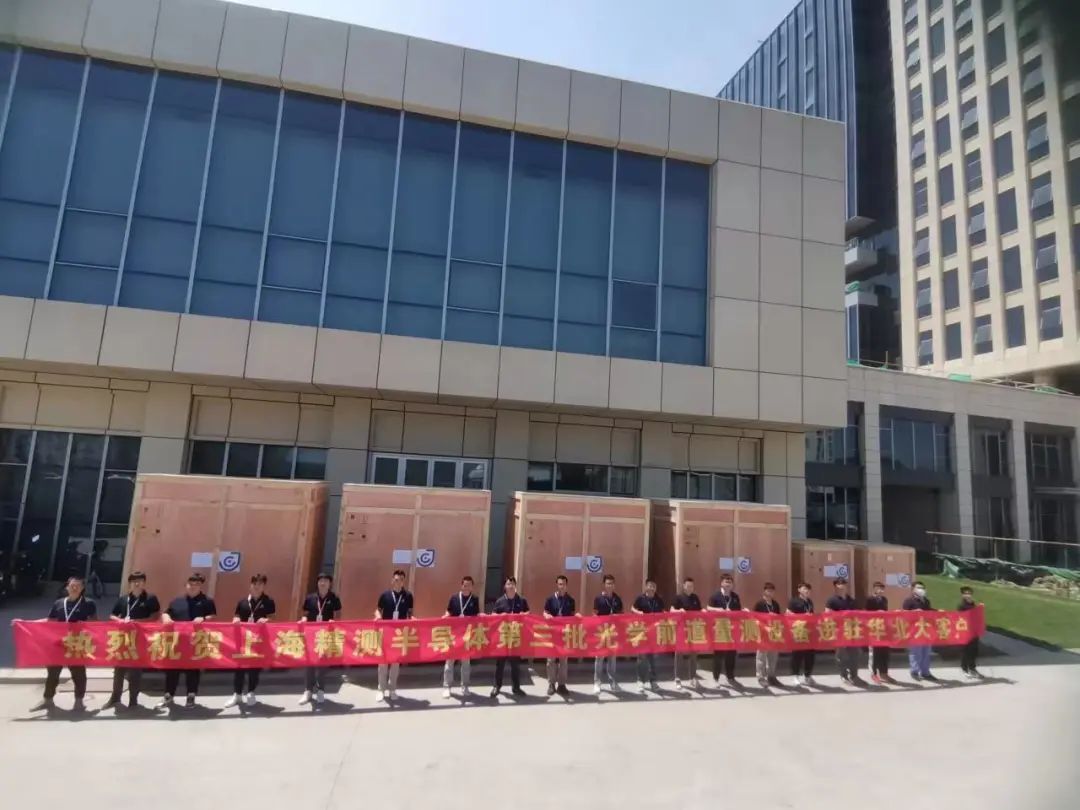Rightly or wrongly, the US believes their central role/contribution in those industries and supply chains allow them to regulate to a degree where they allow their content to end up in. To use an analogy, as an artist you create work that others may license freely, pay a royalty to integrate into their own works unpertubed. However, if you the artist believes others are using your work a way that is costing them $$ or damaging to them (e.g., making something offensive) you use the legal system to stop them from using your content. That is essentially what the US is doing with export controls. Because US content is so prevalent in almost every supply chain due to how the industry developed over the decades the tentacles spread all over the world. Due to a combination of inertia, industry consolidation, ease of adoption using US content was the fastest, cheapest and most cost effective approach.Welcome to the forum!
After reading your well explained post I am even more convinced that Americans think of themselves they can ban / limit practically anything they want in US and outside US, they just have to "tweak" some parameter in some US regulation, and they honestly think to fully control the world. And actually the history of the last decades proved them right. So here is my question to you.
Considering that China is quickly developing their localized semiconductor supply chain, and considering that at the moment US still controls directly or indirectly the world semiconductor chain outside of China (or at least they think they do, it does not matter if is real or not), why they wait so much to fully ban semi equipment companies to sell in China? This is something that is probably going to happen anyhow (Chinese fully expect this already and are preparing themselves for this), but the more the time passes, the more ineffective it will be.
So what is the main reason why it didn't happen so far?
My guess is because of lobbying, that in US is very powerful and can steer policy in one direction or in another. But I am an outsider and I would love to hear your opinion on this.
One may wonder why this is only an issue now, after all export controls have been around for decades without much disruption. The goal of export controls has always been to balance commercial interests with broader security concerns. There is expected to be leakage, but the purpose was to provide industry with a predictable system for growing foreign sales while weeding out obvious no-no's (i.e., North Korea, Cuba, selling weapons to Russia, etc). US Commerce Department & DoD understood (and still does) that industry thrives on predictability, and the rules were established to promote 99% of dual-use commerce while blocking the obvious problem areas (e.g. the surgical scalpel approach). This allowed companies to grow, invest and sustain the industrial base/technological lead through their worldwide commercial success which in turn has spillover effects into national security (this sounds very similar to what China is doing). This was also understood by the political leaders at the time too, whatever their faults. System worked, everyone was more or less happy.
You are right there is alot of lobbying by companies to protect their business, that's just self-preservation since no company will take government restrictions willingly, especially if it costs them big $$$. But it was a generally accepted principle that punching your most successful industries in the face was not smart business nor smart national security. That was the simple successful lobbying argument which is quiet logical and ironically was Trumps own push-back against export control tightening in 2019 due to the fear it would lead to offshoring. The problem now is that the political class and their appointees have lost their sh!t, pardon my language and decided that in order to achieve their political goals, they are willing to throw leading successful companies under the bus. Basically they believe that companies have no choice but to take it to the face because they have to stay in the US to remain innovative and leading edge. Thus, the US DoD/Commerce Department have to scramble to come up with adjustments to appease the politician moods. That is why you see convoluted rules like the "uniquely capable of xyz" which are designed to appease politicians with the illusion of blocking exports while allowing industry enough loopholes to drive trucks through. Of course mirages fade over time hence the new rules.
Now that the system of predictability has been thrown out the window, to maintain their success going forward companies are going to have to make adjustments to minimize the impact of the ever unpredictable rules of commerce. You can't rip up decades of success overnight, but companies have gotten the message that for certain sensitive technologies if you want to be a global leader being heavily US centered isn't a good thing. There definitely will be strong local ecosystems and supply chains in key markets like China but I fully expect the American multinationals to continue to be strong industry players, they will just have de-Americanized and dispersed their assets as far as possible. After all, if American companies think relying on US content is a liability, why would any OUS country think differently if they had a choice?




